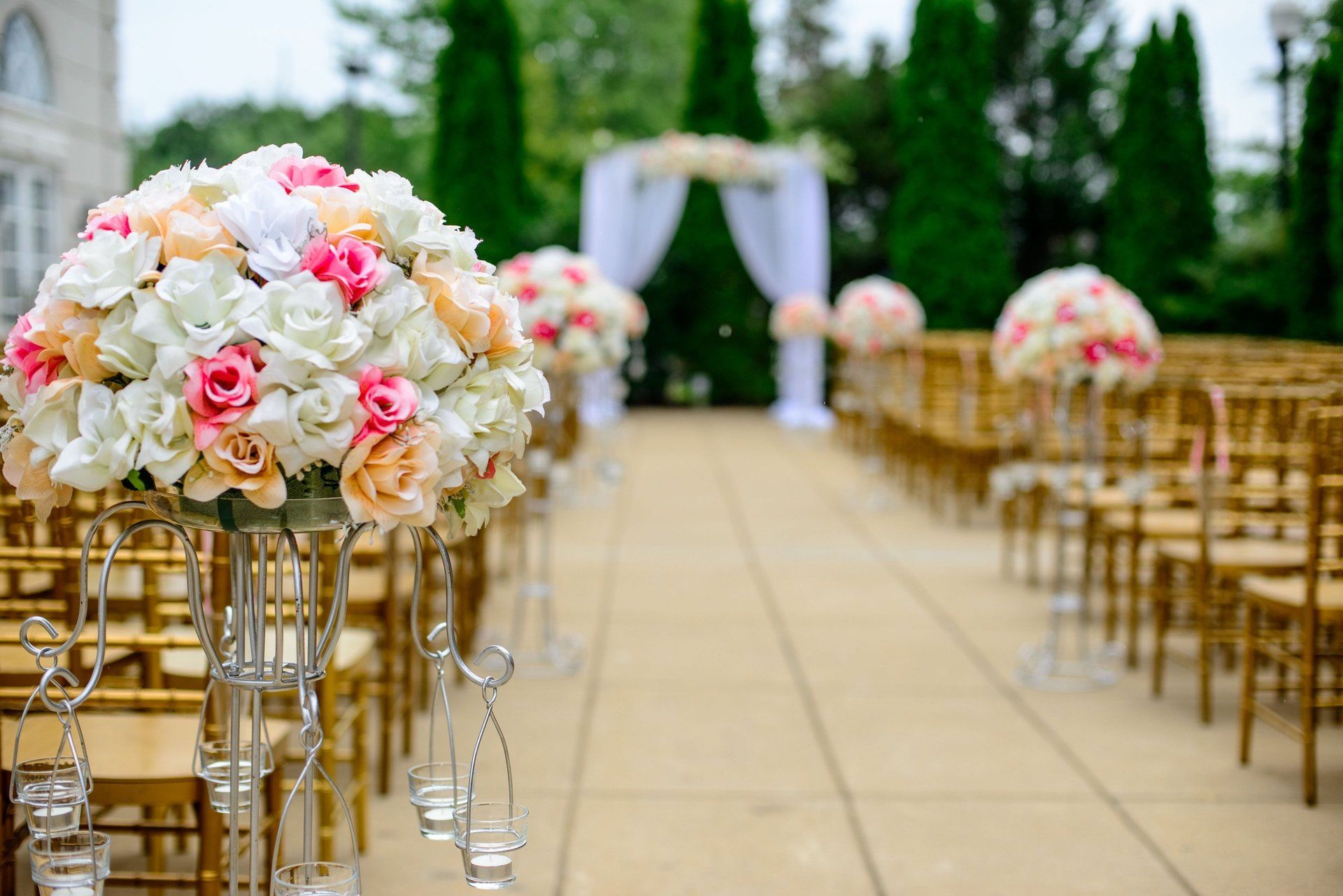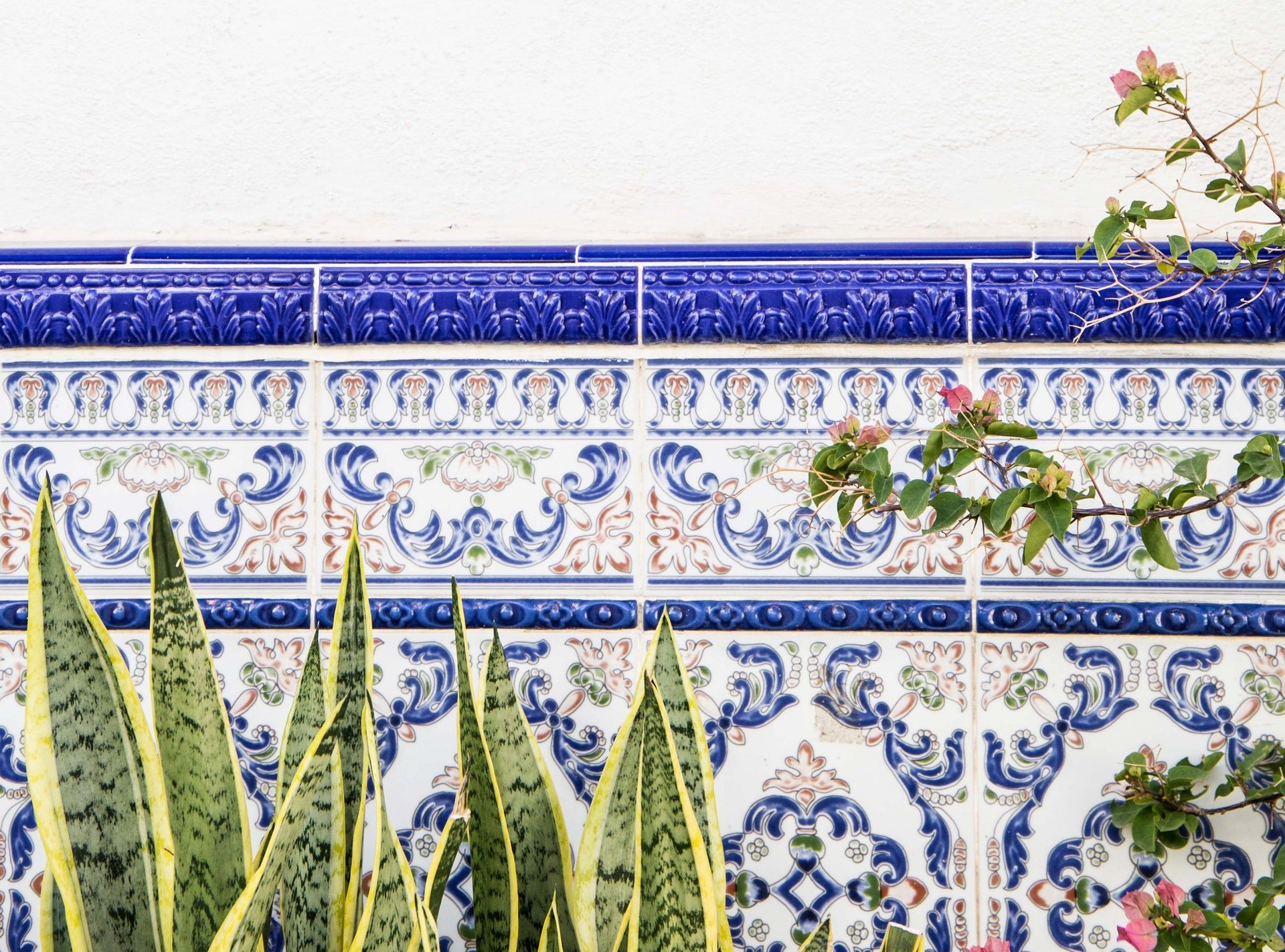Answers to your granite worktop questions
All you ever wanted to know about granite Worktop overlays!
Granite is a natural stone composed of several large, tightly packed mineral grains. Since feldspar and quartz, two main components of granite, are very hard, granite is a popular choice for kitchen countertops, which must stand up to a lot of wear. Granite is resistant to scratches, heat and most common chemicals. It also has the longest expected lifespan and lowest amount of maintenance of any countertop material.
Granite overlays are clean and hard wearing
Granite is unusually durable and hardy, and the right cleaning products and sealers can make it even more durable. With the use of quality impregnating sealers, a granite surface only needs to be resurfaced once every three years. Furthermore, if you use a cleaner called Revitalizer that’s made by DuPont, you won't have to reseal it at all. If the surface sustains any chips or cracks, they can typically be repaired.
Please know that granite can have small pits on the surface. While they do not affect the strength or durability of the granite, they can be seen. If this will bother you, only consider granite that has a minimum of visual imperfections. Seams in granite will also show, but only if you’re looking at them from a close distance.
Types of Granite Worktops
Granite slabs
Granite slabs are the timeless countertop material, typically a strong piece of quarried stone, typically with no joints. This is the most costly type of granite, and it is almost always installed by professionals, as the slabs are merely too heavy and costly for DIYers to tackle.
Modular Granite
Modular granite is a more affordable type of granite featuring large segments that are laid side-by-side to form a countertop. A countertop made with modular granite will have joints, though fewer joints than discovered with tiles.
Granite Tiles
Granite tiles are similar to the granite tiles used in floor covering. They are set up much the same as ceramic or porcelain tiles, and have a few of the same disadvantages when used for countertops-- there are grout joints that can be hard to maintain. Slabs, this is a DIY-friendly product.
Granite Countertop Installation
Strong slab countertops are extremely hard to work with, which is why they are essentially constantly handled by our expert staff members and professionals that makes the countertop from a raw slab. A consultant normally visits your house to take measurements, defining ant of the cutouts for sinks and other components that are needed. Then the countertop is made at a showroom.
Repair and maintenance
Granite is an extremely difficult substance and thus is very resistant to scratching. Cracks, fissures, and chips can sometimes be repaired utilizing an epoxy or resin package picked to match the colour and pattern of the granite, however these repairs are typically evident in the surface area.
Granite is offered in a surprisingly wide variety of colours. Different tones of gray, pink, and red are most common, but you can find blue and green granites, as well as nearly pure whites and blacks.
Select the right worktop finish
You should also consider the finish on your granite worktops. There are three types of finishes for granite: polished, honed and brushed. Polished is the most popular, while brushed is a good choice for outdoor kitchens.
Compatible with your existing kitchen
Granite can also overhang the cabinets for greater functionality. Dishwashers can be attached to them relatively easily, and existing tile splashbacks do not have to be changed. Finally, even though granite is heavy, most cabinets do not require reinforcement.
Granite counter tops are suitable for almost any house design, from casual farmhouse to French estate. Overall, granite is a relatively ageless option as a countertop material; in most houses, it will add genuine value to a home.
While granite performs better than marble on a countertop, it is still a rather permeable stone that needs to be sealed in order to safeguard it from staining. The majority of granite countertops are sealed before they are installed, and they need to be regularly resealed to keep the surface area invulnerable to discolorations.
Spend more for the highest quality
Before you run out and buy the cheapest granite worktops you can find, consider quality. Make sure the granite is durable and resistant to damage. If the price tag seems very low when compared to other granite tiles, there's probably a reason. It is worth paying for quality because quick and cheap can be costly in the long run as some people have sadly realised.
If you’re ready to add granite to your kitchen, give us a call today. We’d be happy to walk you through the options!



